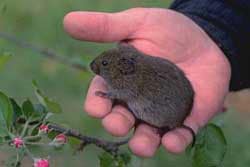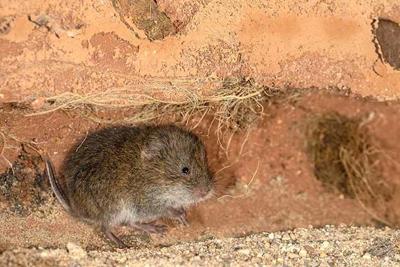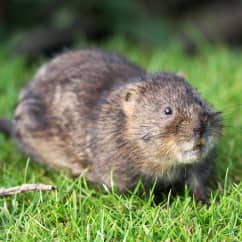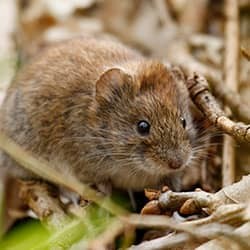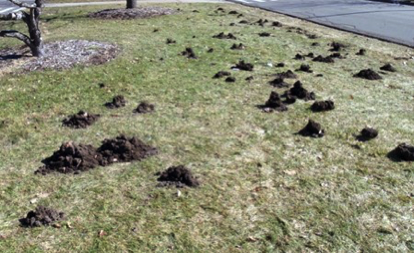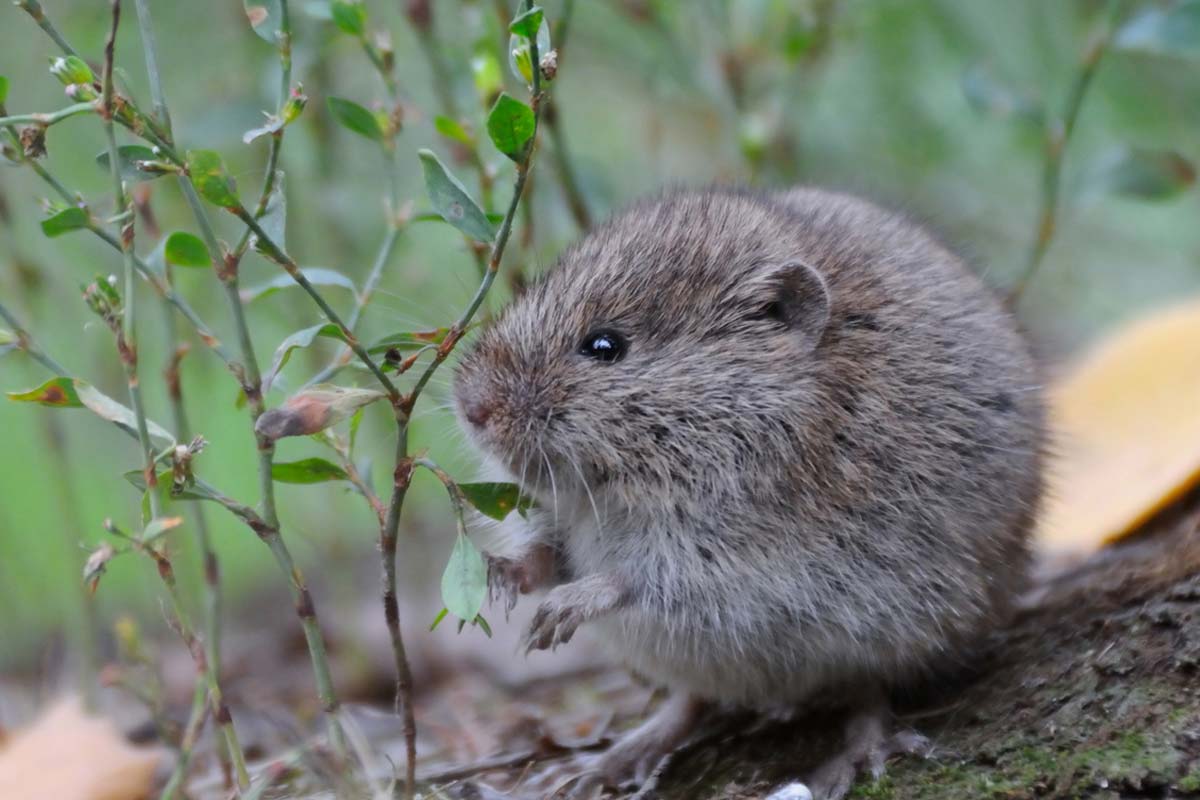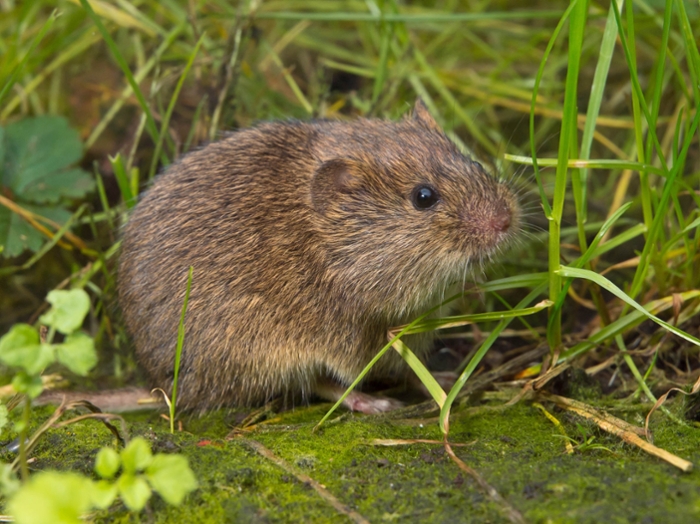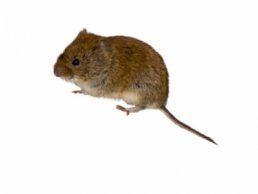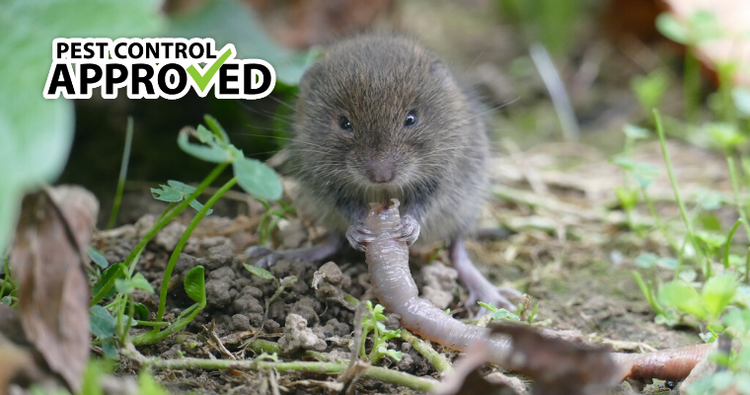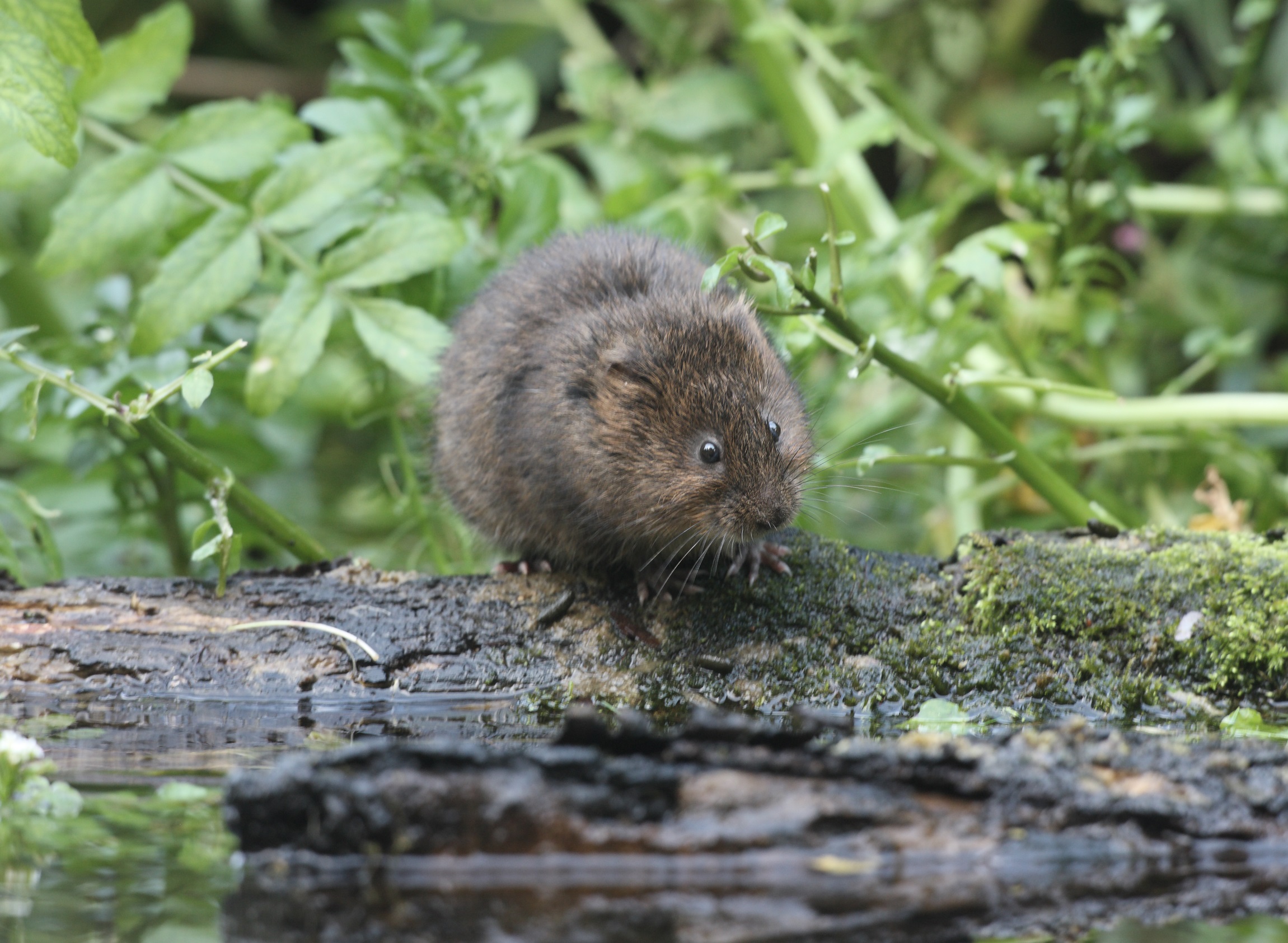Meadow Vole Vole Droppings | Slide Mouse
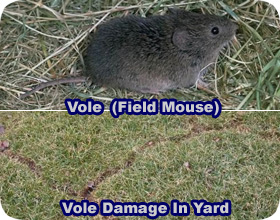
Holes in the ground about the diameter of a broom handle.
Meadow vole vole droppings. Trails run through the grass making your lawn looks like a road map. If voles gnaw completely around the trunk or roots it will disrupt the tree s flow of nutrients and water a process known as girdling. It is a major consumer of grass and disperses grass nutrients in its feces. Prevention is very important to keep vole numbers down.
They are constantly eating and defecating with no thought for where their waste lands. Fresh clippings of green grass and greenish colored droppings about 3 16 of an inch long in the runways and near the burrows are further evidence of voles. Vole poop are usually greenish colored pellets found near the burrow entrances are roughly three sixteenths of an inch long and often include grass clipping or foliage remnants. You may have voles if.
Active runways will have lots of vole droppings on their surface. They can typically be seen scattered along their trails and in their grassy nests but droppings will also been seen anywhere that the voles go. If voles gnaw completely around the trunk or roots it will disrupt the tree s flow of nutrients and water a process known as girdling. After disruptive site disturbances such as forest or meadow fires the meadow vole s activities contribute to habitat restoration.
The meadow vole microtus pennsylvanicus and the pine vole microtus pinetorum. As they age the dropping turn from green to brown or gray. Vole droppings look very similar to mouse scat but in a greenish or grayish color. Greenish vole droppings the size of mouse droppings they turn gray with time flower bulbs are destroyed.
Meadow mouse damage can become serious costly and extensive very quickly. They breed rapidly and experience population booms every few years which leads population densities to measure in the hundreds of voles per single acre of land. Remove woodpiles and hiding places for voles from near your garden shrubs and trees. Holes paths and droppings.
The meadow vole is an important food source for many predators and disperses mycorrhizal fungi. 3 8inch long in irregular patches and various angles along with other signs including droppings runways and burrows indicate vole damage. Voles use these runways for travel and they also connect the entrances of their burrows together. Voles like dense heavy vegetative cover weeds and meadows because it provides them with protection from predators and provides nesting material.
The runways are usually about 1 2 inches wide and are typically found in grassy areas. Cut back brush mow weed and create a clean space. Girdling damage on trunks and roots can kill trees. Gnaw marks about 1 8 inch wide and 3 8 inch long in irregular patches and various angles along with other signs including droppings runways and burrows indicate vole damage.
The maze of runways leads to multiple burrow openings. Meadow voles are the most common vole species in the united states.

